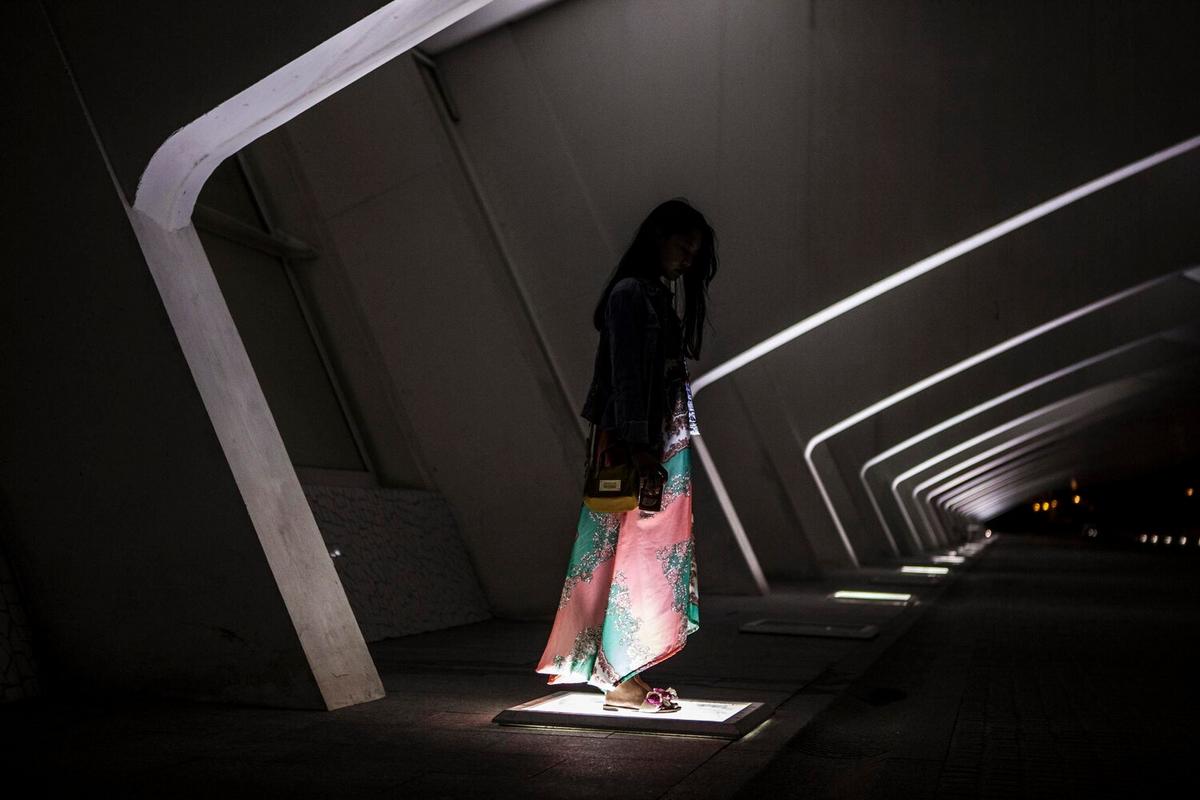
The Future of Streetwear: Predictions and Trends
Streetwear, an ever-evolving facet of fashion, continues to captivate and challenge the boundaries of style. As we look ahead, the future of streetwear promises intriguing shifts driven by cultural, technological, and societal influences. This article delves into the emerging trends and predictions that are poised to shape this dynamic segment of the fashion world.
The landscape of streetwear is set for transformation as it embraces sustainability, technology, and a more inclusive fashion narrative. According to a report by Business of Fashion, sustainability is becoming increasingly integral to brands, with 60% of consumers stating that they consider a brand’s environmental impact when making purchases. This shift is also reflected in streetwear, where eco-friendly materials and ethical production practices are gaining prominence.
Embracing Technology
One of the most exciting developments in streetwear is the integration of technology. From smart textiles that adjust to temperature changes to augmented reality (AR) fashion shows, technology is redefining how consumers interact with fashion. According to a survey by McKinsey & Company, 30% of Gen Z consumers are interested in virtual fashion, highlighting a growing market for digital apparel.
The Rise of Digital Fashion
Digital fashion is set to revolutionize the industry by offering limitless creativity without the physical constraints of traditional garments. This allows for unique collaborations and innovative designs that can be experienced in virtual worlds, such as video games, or through AR. Companies are already exploring this space, with some hosting online fashion weeks and creating digital-only collections.
Diversity and Inclusivity
Streetwear has always been a platform for self-expression and cultural representation. As the movement grows, there is an increased emphasis on diversity and inclusivity. Brands are expanding their size ranges, representing various ethnicities in their campaigns, and collaborating with a wider array of influencers and designers from different backgrounds. This not only enriches the fashion narrative but also resonates with a broader audience.
Sustainable Practices
The push towards sustainability is undeniable. Brands are using recycled materials, reducing waste, and implementing more sustainable production processes. This shift is not only a response to consumer demand but also a necessary evolution in light of global environmental challenges.
| Trend | Description |
|---|---|
| Eco-Friendly Materials | Use of organic, recycled, and biodegradable fabrics. |
| Digital Fashion | Virtual clothing and accessories for digital avatars. |
| Inclusivity | Diverse representation and expanded size ranges. |
| Smart Textiles | Fabrics with integrated technology for enhanced functionality. |
| AR Fashion Shows | Augmented reality experiences for showcasing collections. |
| Collaborative Collections | Partnerships across different cultures and industries. |
| Resale Markets | Platforms for buying and selling second-hand streetwear. |
| Local Craftsmanship | Focus on locally-sourced materials and production. |
Actionable Tips for Streetwear Enthusiasts
- Explore digital fashion platforms to experiment with virtual clothing.
- Support brands that prioritize sustainable and ethical practices.
- Embrace diversity by following and supporting diverse streetwear creators.
- Stay informed about the latest technological advancements in fashion.
Frequently Asked Questions
What is digital fashion?
Digital fashion refers to clothing and accessories designed for use in virtual environments rather than the physical world.
How can I ensure my streetwear is sustainable?
Look for brands that use eco-friendly materials and transparent, ethical production processes.
Why is inclusivity important in streetwear?
Inclusivity fosters a broader representation of cultures and identities, enriching the fashion narrative and appealing to a diverse audience.
Conclusion
The future of streetwear is a tapestry woven with technology, sustainability, and inclusivity. By embracing these trends, the industry not only adapts to changing consumer expectations but also paves the way for a more innovative and responsible fashion future. As streetwear continues to evolve, it remains a powerful medium for expression and change, inviting enthusiasts to partake in its dynamic journey.